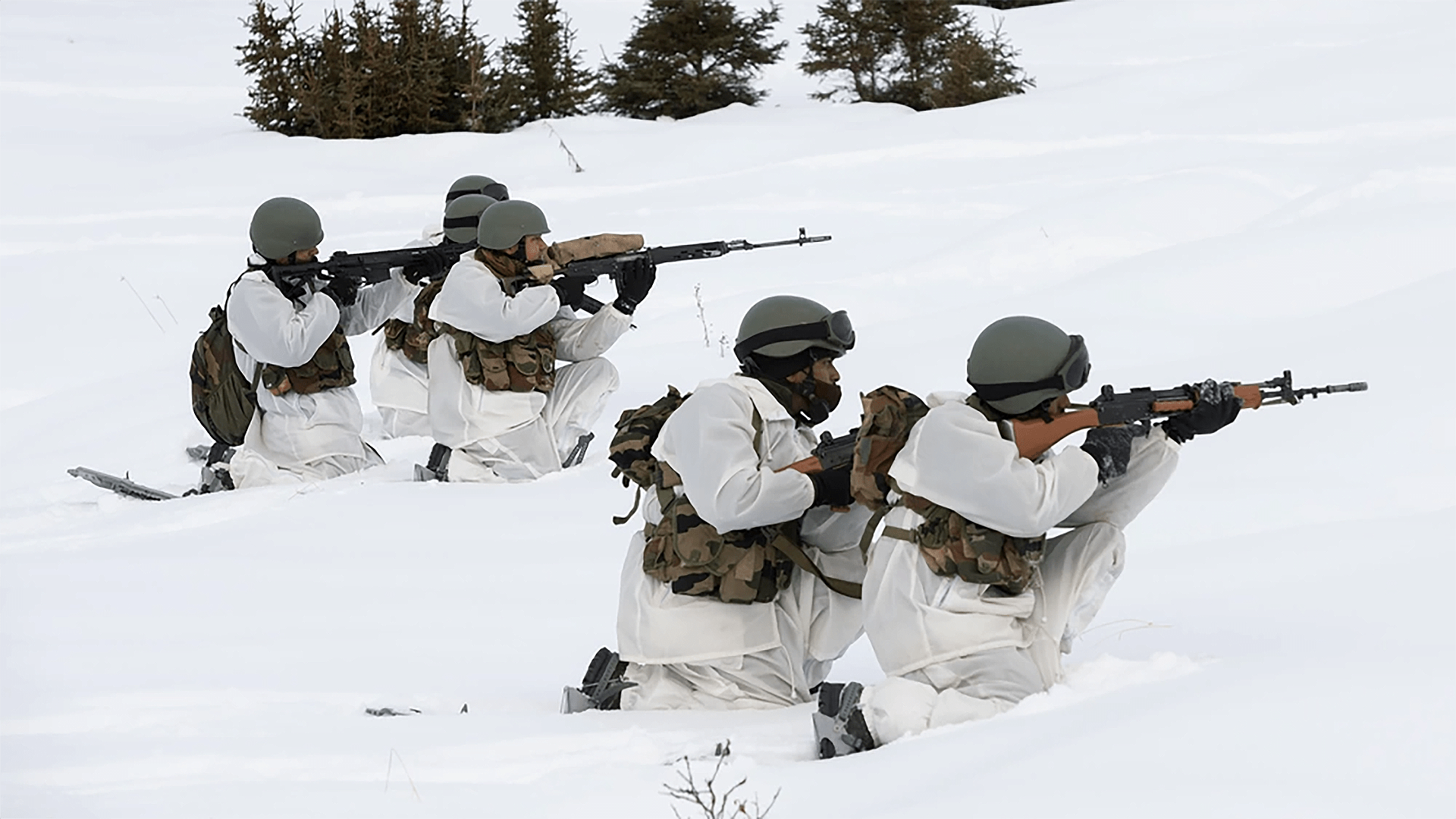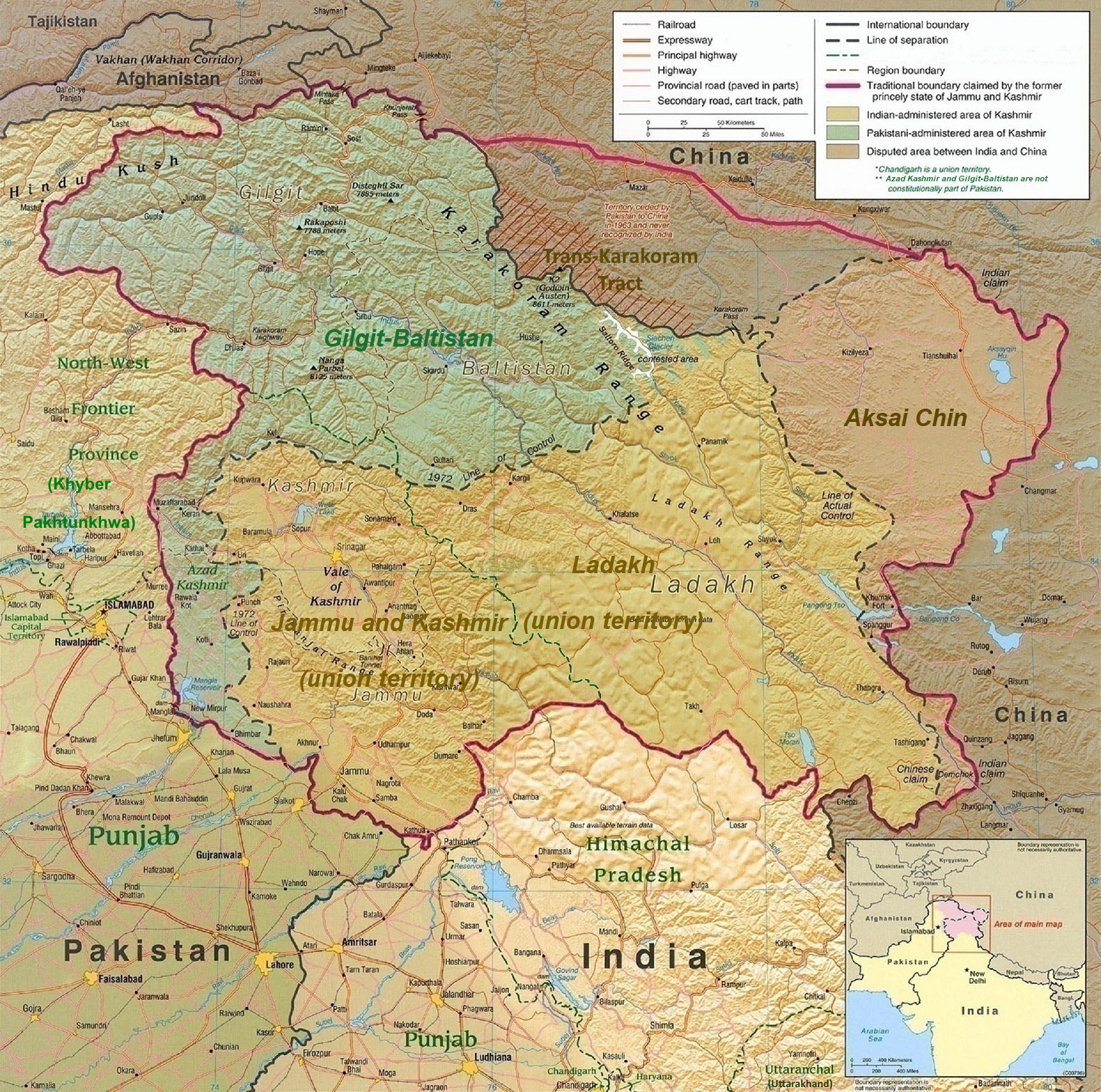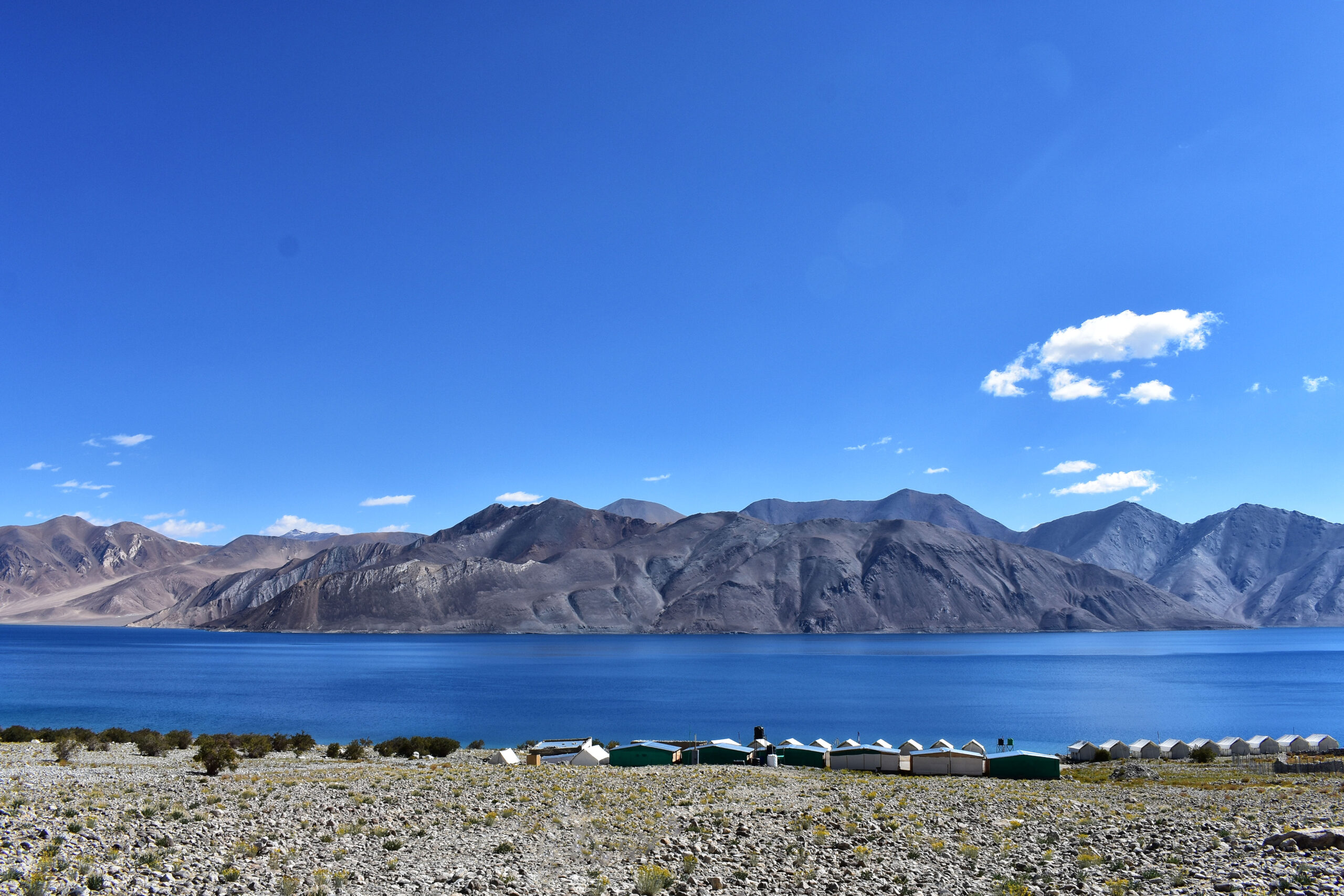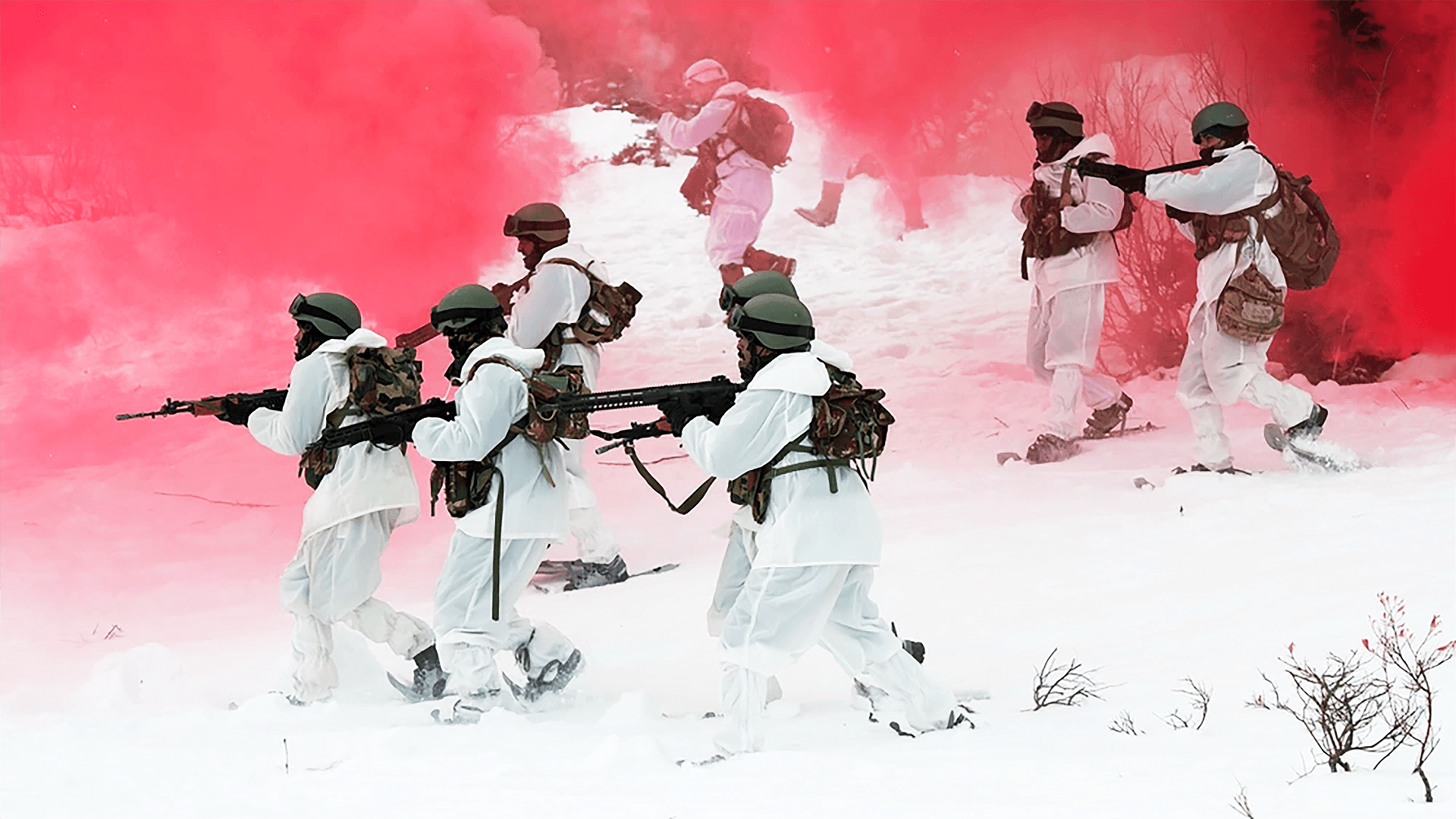An upcoming iteration of a longstanding series of military drills held in partnership with U.S. and Indian armies will take place near a hotly disputed area of the Chinese-Indian border. The exercises will also occur at a time when relations between the United States and China are at a low point following Speaker of the House Nancy Pelosi’s (D-CA) high-profile trip to Taiwan in the first week of August.
Also known as ‘Yudh Abhyas’, or ‘War Practice’ in English, this year’s bilateral exercise is the 18th to occur since it first began in 2002. It will be carried out in the Indian state of Uttarakhand in the Himalayan mountain range at an altitude of over 9,000 feet near the city of Auli. Its geographical disposition makes the locale ideal for the joint high-altitude, cold-climate warfare training exercises that Overt Defense first confirmed would be conducted from October 18-31. Overt Defense also spoke with Maj. Jonathon M. Lewis of U.S. Army Pacific Public Affairs who offered additional details in terms of what’s to be expected.

“At this time, we expect the main element will come from the 2nd Infantry Brigade Combat Team (Airborne), 11th Airborne Division, based at Joint Base Elmendorf-Richardson in Anchorage, Alaska,” Lewis told the outlet. “This unit was formerly 4th Brigade Combat Team (Airborne), 25th Infantry Division, but reflagged to 2nd BCT, 11th Airborne Division in June 2022 when the 11th Airborne Division was activated. This is the same unit that conducted Yudh Abhyas 2021 in Alaska. The 11th Airborne Division paratroopers will be joined by elements from the California National Guard, Washington National Guard, and U.S. Army Special Forces.”
In last year’s drills, a total of 300 U.S. Army soldiers and 350 Indian Army soldiers participated. However, this year’s numbers have yet to be disclosed. As far as the specific operations that the exercises will consist of, 2021’s joint training exercise included counter-insurgency and counter-terrorism activities, as well as medical evacuation by air, mountaineer training, and small-arms marksmanship drills. Although, both the timing and location this time around are particularly noteworthy for a few reasons.

While India has certainly hosted Yudh Abhyas in the state of Uttarakhand in the past — in 2007, 2014, 2016, and 2018 — those particular exercises were carried out a little under 200 miles from the Chinese-Indian border in the mountain range’s foothills, according to Hindustan Times. In this case, the city of Auli is located approximately 62 miles from what China and India have since identified as the 2,100-mile-long Line of Actual Control (LAC).
The LAC was first loosely established following the Sino-Indian Border War that started on October 20, 1962 (meaning October’s drills are occurring over the 60th anniversary) when a dispute concerning the Himalayan dividing line between India and China boiled over into a full-blown conflict. India believed that the area belonged to the Indian-controlled portion of Kashmir, while China insisted it belonged to Xinjiang.

Last year’s drills, which were also reportedly focused on high-altitude training in colder climates, were instead held at Joint Base Elmendorf-Richardson in Anchorage, Alaska as mentioned by Overt Defense. This is worth noting because, if the primary purpose of the exercise is to familiarize troops from India and the United States with certain climates and geography, it’s at least intriguing that both countries would decide to do so in such close relation to a historically contested area rather than hosting it in more neutral territory as was done last year. However, the move would certainly line up with the United States’ efforts in recent years to strengthen its ties with India as a counter to China, which is becoming increasingly important in the current geopolitical climate.
In regards to the LAC dispute, even now China and India can’t seem to come to an agreement on whose control key areas of the border fall under, which has turned these areas into dangerous and inhospitable pieces of land. In fact, hostilities once again mounted in June 2020 when Indian and Chinese forces resorted to not only hand-to-hand combat but the utilization of poles and stones to defend the territory as well, resulting in the violent deaths of multiple Indian and Chinese soldiers, although China has never released a confirmed number of casualties. This particular brawl occurred in the Galwan Valley near Aksai Chin, which both countries claim as their own even though China controls it.

In May of this year, The War Zone published an article detailing China’s quiet victory in this area after its forces executed an intense military buildup around Aksai Chin following India’s limited withdrawals after the 2020 melee battle. Chinese forces moved quickly and forcefully to set up tent camps in the Galwan Valley, occupy control points in the area, station units atop nearby mountains, and erect new bases in the plains near the border area. What were once temporary encampments then morphed into durable infrastructure. Even though certain negotiations held over the years after the border crisis did result in Chinese forces deserting a small number of improvised positions, the rapid military and dual-use infrastructure developments in the area nonetheless limit India’s chances of regaining any control over the disputed region.

Throughout the past year, The War Zone has also shared ominous satellite imagery revealing a number of major efforts made by Chinese forces to expand its airpower on the country’s western border. All of these regional force projections being carried out by China underscore an overarching initiative to bolster the country’s ability to quickly and effectively deploy massed military power toward the border on short notice.
Just this year, relations between the two countries were further challenged when China began building a bridge across the Pangong Tso lake, an area along the LAC that was the epicenter of yet another bloody territorial brawl between the two powers in 2017 when both sides were blamed for violating attempted negotiations. China started construction on the bridge in May, months after it had begun erecting an initial crossing intended to transport heavier military equipment. The Indian government condemns these actions as an “illegal occupation” of their territory.
At this point, it’s difficult not to see how Beijing may consider the U.S. Army’s participation in this year’s drills so close to such a historically troubled area to at least be a calculated signaling decision. In fact, Nikkei Asia, a Japanese and English media outlet, spoke with Pankaj Jha, a professor of defense and strategic studies at O.P. Jindal Global University, who affirmed that the drills could concern China citing that Washington may try to showcase that they are “looking at another front for [tackling] China” if it continues threatening Taiwan.

On top of that, a smaller special operations forces exercise is also now underway at the Special Forces Training School in Bakloh, Himachal Pradesh. Himachal Pradesh is about 260 miles north of Uttarakhand where Yudh Abhyas drills are being held. These exercises, called Ex Vajra Prahar 2022, will consist of the United States and Indian forces jointly training, planning, and executing “a series of special operations, counter-terrorist operations, and airborne operations in simulated conventional and unconventional scenarios in mountainous terrain,” according to Adda247.
Regardless, the exercises will send China some kind of message. That message may prove to simply be one of achieving a strengthened partnership with India, but it will be interesting to see how China perceives it considering their recent reactions to the United States’ diplomatic activities.
Contact the author: Emma@thewarzone.com
